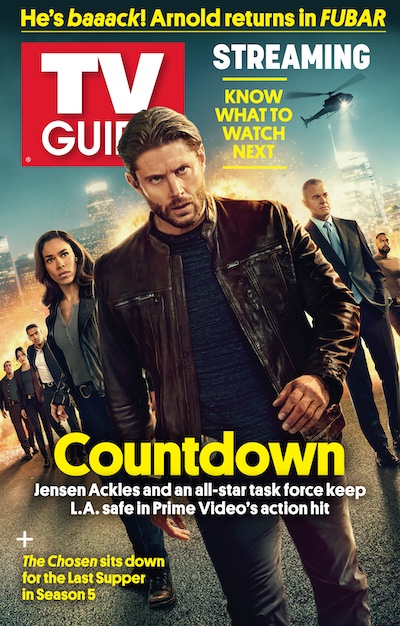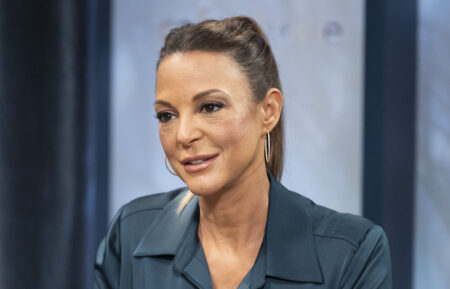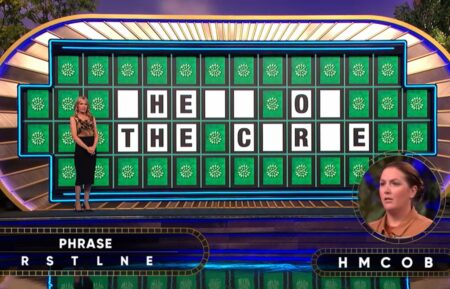Hollywood Speaks Out Against ‘Live’ Guns on Set After ‘Rust’ Incident
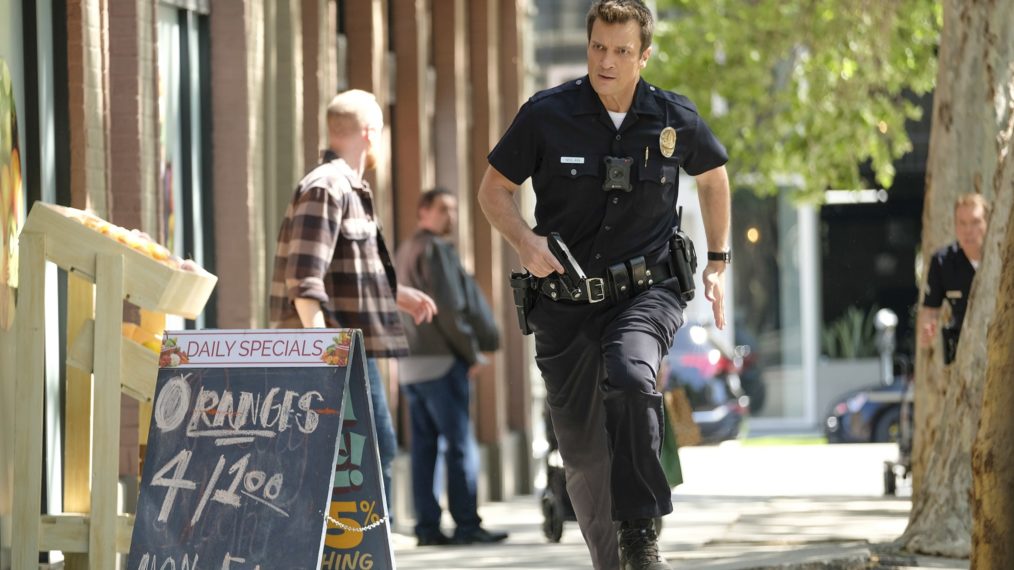
After a prop firearm discharged by Alec Baldwin on the New Mexico set of the Western film Rust killed cinematographer Halyna Hutchins and wounded director Joel Souza on Thursday, October 21, Hollywood heavyweights spoke out about the use of “live” weapons on the set of movies and TV shows.
The Rookie showrunner Alexi Hawley, for one, told his coworkers in a memo on Friday, October 22, that the ABC cop drama will only use Air Soft guns — a type of gun that uses pellets instead of bullets — with muzzle flashes added in post-production through CGI.
“As of today, it is now policy on The Rookie that all gunfire on set will be Air Soft guns with CG muzzle flashes added in post,” he wrote in the memo, per The Hollywood Reporter. “There will be no more ‘live’ weapons on the show. The safety of our cast and crew is too important. Any risk is too much risk.”
On Saturday, October 23, Hawley confirmed to USA Today that he had sent the memo, saying, “It was an easy decision to make given the recent tragedy, and I think every production should consider making it.”
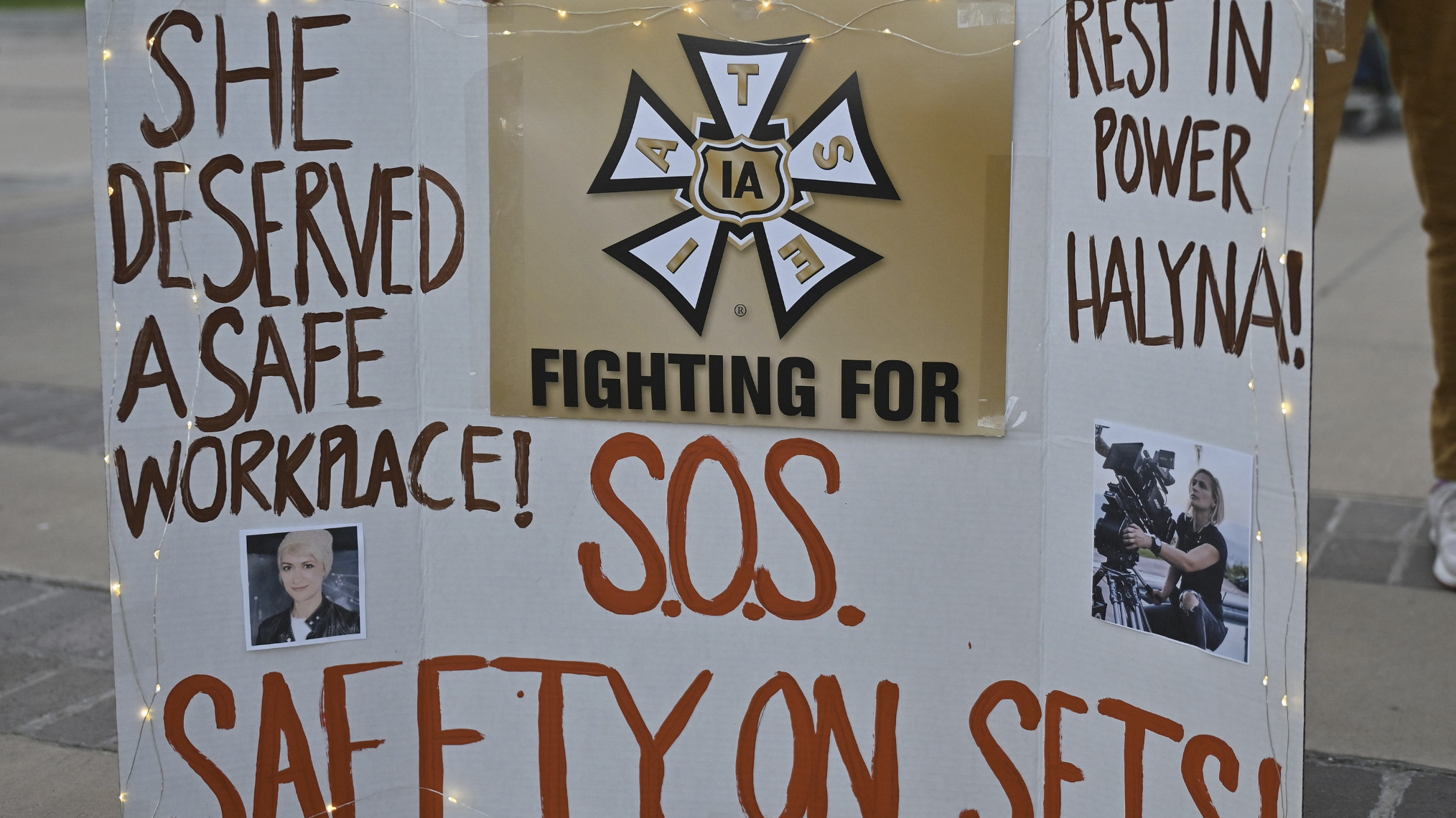
Wynema Chavez Quintana holds a sign calling for better safety on movie sets during a vigil held to honor cinematographer Halyna Hutchins at Albuquerque Civic Plaza on October 23, 2021, in Albuquerque, New Mexico (Sam Wasson/Getty Images)
Mare of Easttown director Craig Zobel tweeted along similar lines on Thursday. “There’s no reason to have guns loaded with blanks or anything on set anymore,” he wrote. “Should just be fully outlawed. There’s computers now. The gunshots on Mare of Easttown are all digital. You can probably tell, but who cares? It’s an unnecessary risk.”
VFX artist Nick Sinnott, who has worked on Lethal Weapon and MacGyver, tweeted on Thursday that computer-generated muzzle flashes are “as good as the real deal” and “the easiest thing.”
He added: “Video can’t even capture them correctly [because] of rolling shutter. [There’s] zero reason to use live rounds.”
Unfortunately, as Sinnott mentioned in his Twitter thread, Thursday’s incident isn’t the first time a prop gun has cut a life short. Actor John-Eric Hexum died on the set of the TV show Cover Up in 1984 when he was hit by a blank cartridge, as CNN reports. And actor Brandon Lee, son of famed martial artist Bruce Lee, died on the set of the film The Crow in 1993 when he was struck by a bullet from a gun that was supposed to have been loaded with blanks.
“There are rules that are supposed to be followed,” Shannon Lee, Brandon’s sister, told The Hollywood Reporter on Friday, following the Rust incident. “I am certainly not pointing fingers at anyone because that would be the wrong thing to do. But there is no reason for something like this to happen.”
She added: “I think that in this day and age with all the special effects that are possible and all of the technology, there is no reason to have a prop gun or a gun on a set that can fire a projectile of any sort. It is not necessary, and I would love to see some changes made industry-wide.”
Also pushing for changes industry-wide is California State Senator Dave Cortese. “There is an urgent need to address alarming work abuses and safety violations occurring on the set of theatrical productions, including unnecessary high-risk conditions such as the use of live firearms” Cortese said in a statement on Saturday. “I intend to introduce legislation that would ban live ammunition on sets in California to prevent this type of senseless violence and loss of life.”
In an interview with the Associated Press, cinematographer Bill Dill, who taught Hutchins at the American Film Institute, decried the “archaic practice of using real guns with blanks in them, when we have readily available and inexpensive computer graphics.”
And a Change.org petition —organized one of Hutchins’ fellow AFI Conservatory grads — declared it’s “time to ban the use of real firearms on set.” As of the time of this writing, more than 18,000 people have signed the petition.
From TV Guide Magazine
How 'Countdown' Recruited Jensen Ackles to Go Full 'Die Hard'
Countdown boss Derek Haas talks creating the character around Ackles, and the cast teases the “Avengers”-like team of the crime thriller. Read the story now on TV Insider.


